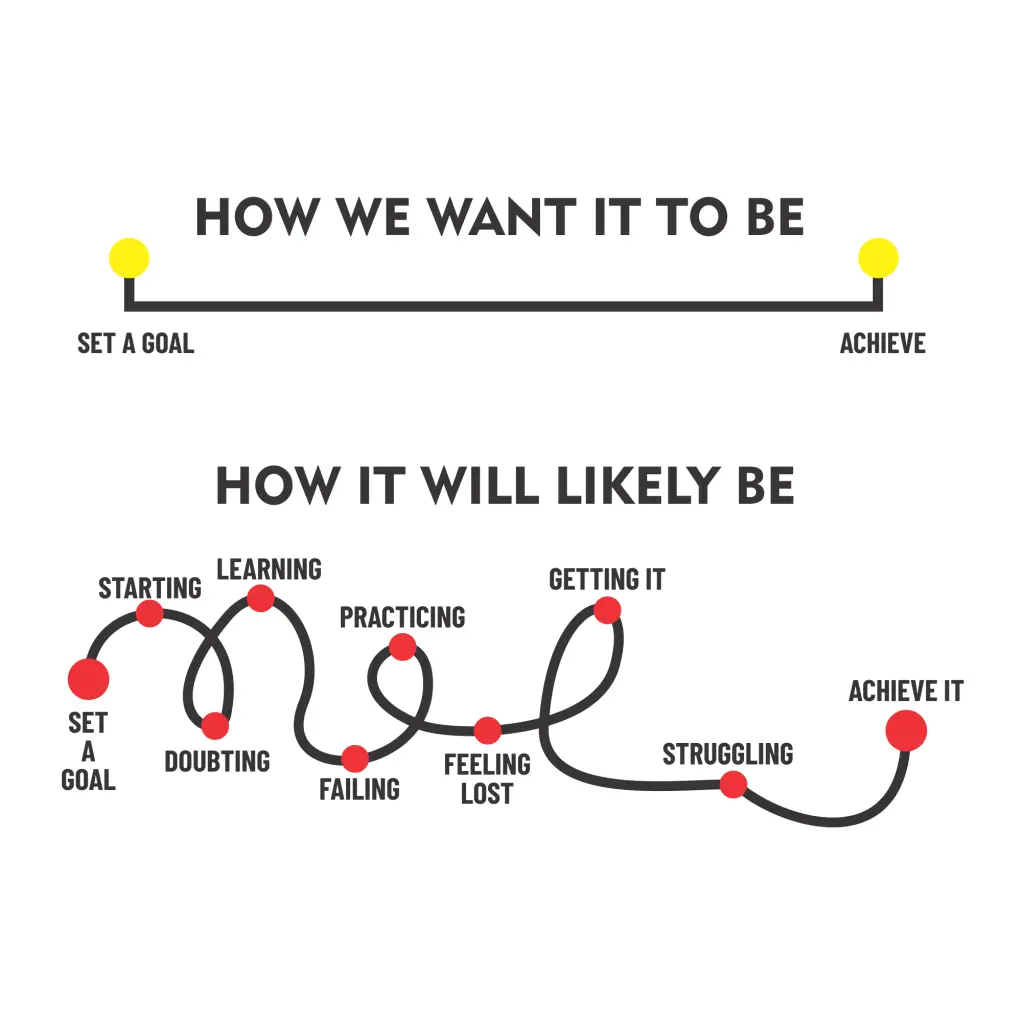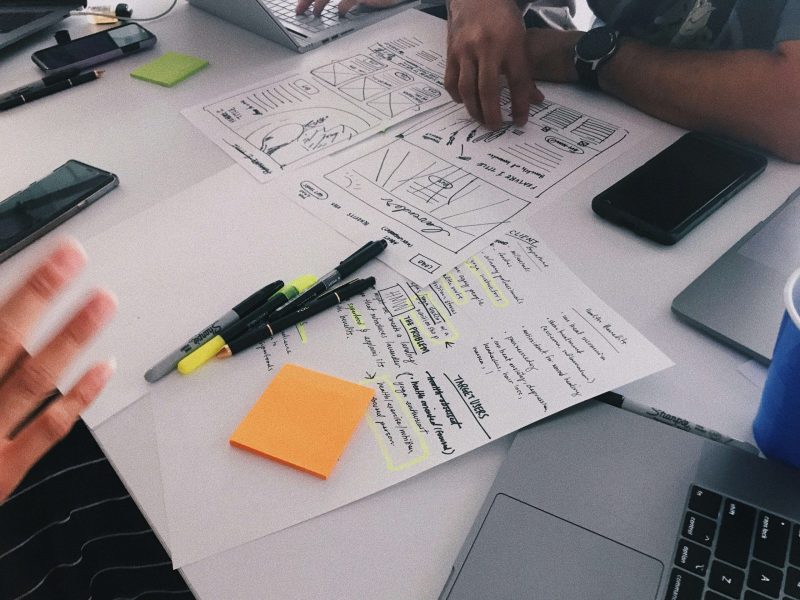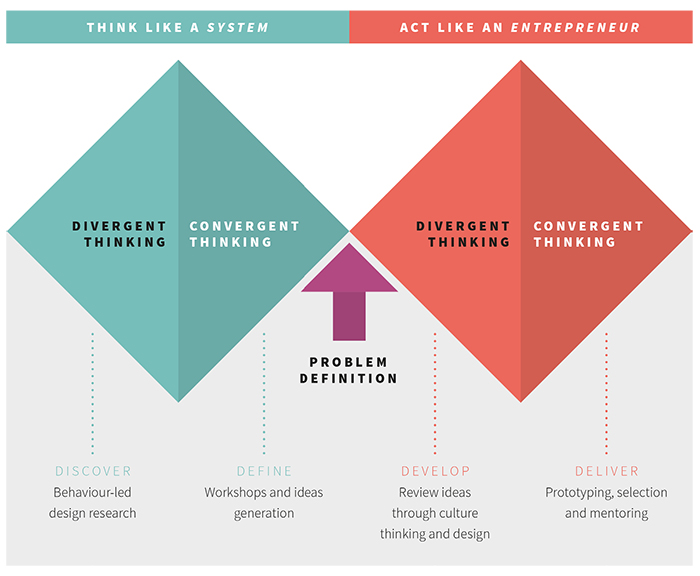The Myth of Instant Success and the UI of Life
We are users in a world with a poorly designed interface. The “UI of Life,” as curated by social media algorithms and highlight reels, promotes a deceptive narrative: success is a linear, upward trajectory culminating in a dramatic “launch.” We see the IPO, the published book, the championship win—but we are not shown the thousands of hours of debugging, the stack of rejection letters, or the painful losses in training. This creates a cognitive bias known as the Arrival Fallacy, the illusion that reaching a goal will provide lasting happiness.
As a systems architect, I see this as a critical error in requirements gathering. We are defining success by the final output (the “product”) while ignoring the entire user experience (UX) of the build process. The truth, evident in any complex system—from a software platform to a human life—is that the path is nonlinear, iterative, and rich with essential data. The journey is not the obstacle to the goal; it is the development environment where the goal, and you, are built.
This article serves as a blueprint for transitioning your personal development lifecycle from a brittle, waterfall model (Plan -> Execute -> Hope for Success) to a resilient, Agile model (Plan -> Do -> Check -> Adapt -> Grow).
The Destination Trap: A Case of Faulty System Architecture
The “Destination Trap” is akin to building a software product with only a final, grand vision in mind, without considering iterative releases, user feedback, or technical debt. We set a goal—”I’ll be happy when I become a senior manager”—as if it’s a v1.0 launch. This mindset is plagued with systemic risks:
Single Point of Failure (SPOF): Your entire sense of well-being is dependent on one outcome. If the promotion doesn’t happen, the entire system crashes.
Ignoring Feedback Loops: By focusing only on the end date, you miss critical feedback from smaller failures and course corrections along the way.
Technical Debt: Skipping the necessary phases of “learning” and “practicing” creates skill gaps—the personal equivalent of technical debt—that will cause major problems later.
The marathon runner who feels empty after the race is a classic example. The system was designed with one key performance indicator (KPI): “Finish the race.” Once that KPI is met, the system has no purpose. A better-architected system would have KPIs like “improve weekly pace,” “enjoy the morning ritual,” and “build mental resilience.” These metrics provide value every single day, independent of the final race.
Why the Journey is the MVP (Minimum Viable Product)
In Agile development, we don’t build the entire product at once. We create a Minimum Viable Product (MVP)—the simplest version that can be released to gather user feedback and learn. Your journey is the series of MVPs you create on the way to your goal.
Growth Happens in the Sprints: Each small effort—a study session, a practice round, a drafted chapter—is a development “sprint.” The learning and adaptation that occur within each sprint are where the real growth is integrated.
The Journey Shapes the System Architecture: The challenges you face force you to refactor your approach. Just as a software architecture evolves with scaling challenges, your character and capabilities are shaped by the struggles. Who you become is the system’s enduring architecture; the achieved goal is merely a successful version release.
Happiness is in the User Feedback: Research, such as that highlighted by Harvard Business School professor Teresa Amabile in The Progress Principle, shows that of all the things that can boost emotions, motivation, and perceptions during a workday, the single most important is making progress in meaningful work. Small wins release neurotransmitters like dopamine, which fuels motivation. This is the body’s built-in feedback mechanism for positive progress.
Real-Life Stories: Agile Lifecycles in Action
These iconic success stories are masterclasses in iterative development.
J.K. Rowling: Embracing the Beta Test. Before the “v1.0 launch” of Harry Potter, the manuscript went through numerous beta tests (submissions to publishers). The “user feedback” (rejection letters) was brutal. Instead of scrapping the project, she iterated, refined, and persisted. The final product was a global phenomenon precisely because the journey forced a level of refinement that an easy launch would never have required.
Michael Jordan: The Power of A/B Testing. Jordan’s career was a continuous process of A/B testing. Every missed shot was a test that provided data: “That angle, that amount of force, doesn’t work.” He integrated this data into his next attempt. His famous quote, “I’ve failed over and over again. That is why I succeed,” is the essence of a data-driven, iterative approach.
Oprah Winfrey: A Platform Built on Resilient Infrastructure. Oprah’s early struggles were the stress tests that built an incredibly resilient personal infrastructure. The failures in her early career were not system crashes; they were load-bearing tests that revealed the core strengths she would later build her media platform upon.
Shifting Your Mindset: From Waterfall to Agile
To embrace the journey, you must adopt an Agile mindset. This is a fundamental shift in your personal operating system.
Redefine Success with Balanced Scorecards: Instead of a single, output-based metric (the destination), use a Balanced Scorecard approach. Define success across multiple perspectives:
Learning & Growth: How many new skills did I acquire?
Internal Process: How effective are my daily habits and systems?
Customer (Stakeholder) Perspective: How does my journey impact those around me (family, team, community)?
Financial/Outcome: The traditional goal metric.
Focus on Systems, Not Goals (The James Clear Principle): Author James Clear, in his book Atomic Habits, argues that “goals are about the results you want to achieve. Systems are about the processes that lead to those results.” A UX designer doesn’t just focus on the final screen; they focus on the design system, the component library, and the user flow. Your daily habits are your design system.
Celebrate Small Wins (Sprint Retrospectives): In Agile, after every sprint, the team holds a retrospective to discuss what went well and what could be improved. You should do the same. Acknowledge and celebrate the completion of a small task. This is a crucial feedback loop for maintaining morale and continuous improvement.
Practical Tools & Frameworks for Journey-Centric Design
Here is your toolkit for architecting a fulfilling journey.
1. The Design Thinking Framework for Personal Goals
Apply the five stages of Design Thinking to your goal:
Empathize: Understand your own deep needs. Why is this goal important to you? Use journaling or mind mapping (with tools like Miro or XMind) to explore your motivations.
Define: Clearly articulate the problem you are trying to solve or the need you are trying to fulfill. “I need to build a more fulfilling career” is better than “I need a new job.”
Ideate: Brainstorm multiple paths to your goal. Don’t get attached to one single, perfect plan. Techniques like SCAMPER can be useful here.
Prototype: Create low-fidelity experiments. Want a career change? Instead of quitting immediately, prototype it: take an online course, do a freelance project, or conduct informational interviews.
Test: Execute your prototype. Gather data. Did you enjoy the work? Were you good at it? This feedback informs your next iteration.
2. Agile Personal Development with Tools
Tool: Trello, Asana, or Notion. Model your goal as a project. Break it down into epics (major phases) and user stories (small, actionable tasks). The “Getting It” phase from the wall decal (Doubting, Failing, Feeling Lost) can be its own epic. Moving a task from “To Do” to “Done” provides a visual and psychological reward.
Inputs: Your high-level goal, broken down into smaller tasks.
Process: Work in weekly sprints. Each Monday, plan your tasks for the week. Each Friday, hold a personal retrospective: What did I accomplish? What did I learn? What will I do differently next week?
Output: Consistent, measurable progress and a rich log of learning and adaptations.
3. The Build-Measure-Learn Loop
Popularized by Eric Ries in The Lean Startup, this loop is perfect for any goal.
Build: Take a small step towards your goal (e.g., write a blog post, create a prototype, network with one person).
Measure: Assess the outcome. Did people read the post? Did the prototype work? Did the conversation provide value?
Learn: Decide whether to pivot (change strategy) or persevere (continue on the same path). Failure is simply data that informs your next “Build” cycle.
The Emotional ROI of a Journey-Focused System
Investing in the process yields a significant emotional return on investment (ROI):
Reduced Stress (Improved System Stability): An Agile system that expects and incorporates feedback is more stable than a brittle waterfall model that fears deviation.
Increased Motivation (Sustained User Engagement): The constant drip of dopamine from small wins creates a self-sustaining cycle of engagement with your own life.
Stronger Resilience (Fault Tolerance): When failures are seen as data points instead of catastrophes, the system becomes fault-tolerant. A setback doesn’t crash the system; it triggers a new learning cycle.
A Personal Retrospective Exercise
Try this 15-minute personal retrospective:
Check-in (2 mins): What is my current goal? Write it down.
What Went Well? (5 mins): List three small wins or lessons from the past week, no matter how minor.
What Could Be Improved? (5 mins): Identify one obstacle. Frame it as a learning opportunity: “How can I adjust my process based on this?”
Action Items (3 mins): Define one small, concrete step for the next 24 hours based on your insights.
This exercise forces a shift from outcome-based judgment to process-based learning.
Conclusion: The Journey is the Live Environment
In technology, a product is never truly “finished.” It is continuously improved upon in a live environment based on user interaction and changing conditions. Your life and goals are the same.
The wall decal that inspired this article isn’t a picture of failure; it’s an accurate map of the Agile development cycle for a human being. Starting, Learning, Practicing, Doubting, Failing, Feeling Lost, Struggling—these are not signs that you are off course. They are the necessary phases of a well-architected, resilient, and meaningful life.
Stop waiting for the version 1.0 launch. Instead, fall in love with the daily stand-ups, the sprint reviews, and the iterative process of becoming. Your goal is a compass, not a cage. The journey itself is the live environment where you are continuously deployed, tested, and upgraded. And that is where true, sustainable success is found.
References & Further Reading:
Clear, James. Atomic Habits. Avery, 2018.
Amabile, Teresa, and Kramer, Steven. “The Progress Principle.” Harvard Business Review, 2011. https://hbr.org/2011/05/the-power-of-small-wins
Ries, Eric. The Lean Startup. Crown Business, 2011.
Ideo.org. “Design Thinking.” https://www.ideou.com/pages/design-thinking
Beck, Kent, et al. “The Agile Manifesto.” 2001. https://agilemanifesto.org/
Norton, David P., and Kaplan, Robert S. “The Balanced Scorecard.” Harvard Business Review Press.


